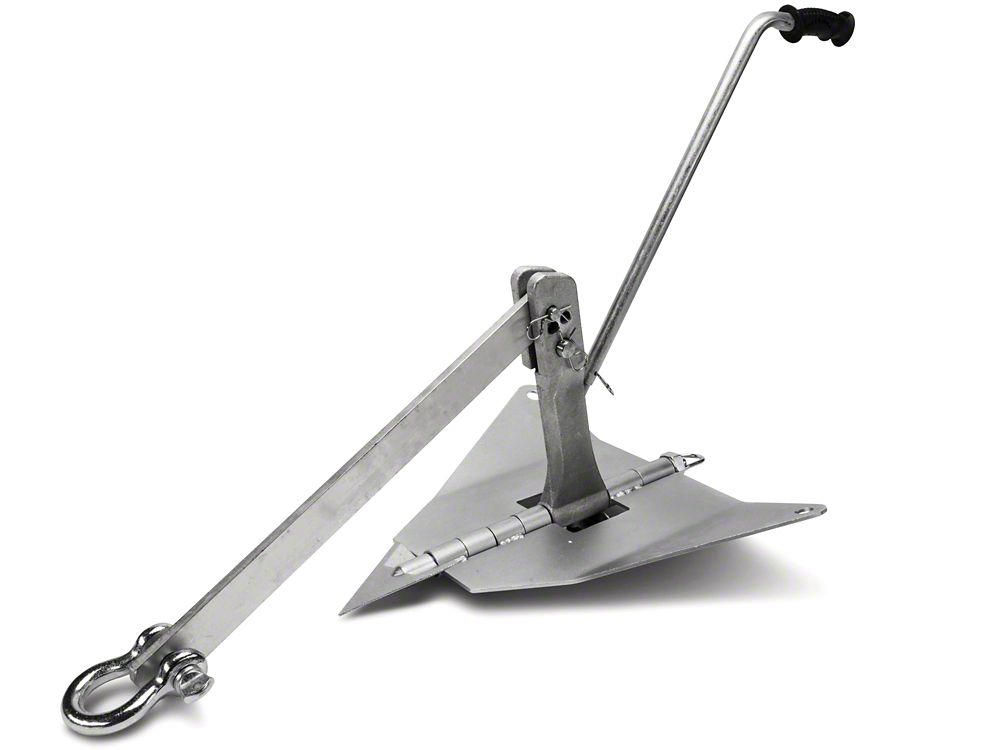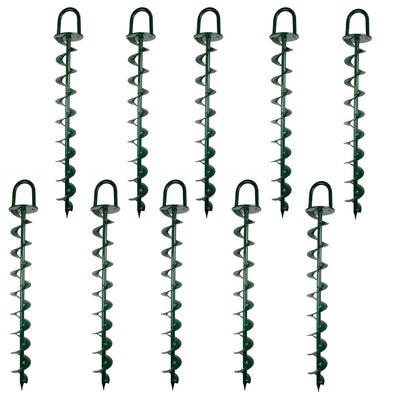Construction Specialists Share Insights on the Best Ground Anchor Solutions
Construction Specialists Share Insights on the Best Ground Anchor Solutions
Blog Article
Explore the Various Types of Ground Anchor for Your Following Task
From auger supports, which excel in varied dirt problems, to risk anchors developed for short-term installations, the options are many. Additionally, concrete and screw anchors present distinct advantages in particular situations, while deadman supports are customized for applications needing resistance to side pressures.

Auger Anchors
Auger anchors are a prominent choice in various building and construction and landscaping jobs due to their special layout and efficient anchoring abilities. These anchors include a helical screw-like shaft that is driven into the ground, enabling a safe and secure and stable hold. The spiral design helps with easy setup and optimizes resistance against lateral forces, making auger supports particularly efficient in applications such as fence, short-lived structures, and erosion control.
The setup process of auger anchors is reasonably simple. They can be manually or mechanically mounted, depending upon the dimension and needed deepness. This flexibility permits their usage in diverse dirt problems, from sandy to clayey terrains. Auger supports can be conveniently gotten rid of and reused, which includes to their cost-effectiveness and sustainability.
One of the substantial advantages of auger supports is their ability to distribute tons uniformly throughout the bordering soil, decreasing the danger of soil disturbance and lessening ecological effect. Furthermore, they are much less vulnerable to heaving or loosening up gradually compared to standard anchoring techniques. As a result, auger anchors are an excellent option for projects requiring resilient and trusted anchoring solutions.

Stake Anchors
When it comes to securing structures in a range of exterior applications, risk supports use a reliable and straightforward remedy. These supports are commonly constructed from sturdy materials such as steel or light weight aluminum, developed to withstand environmental stress and anxieties while offering ideal security. Their easy layout permits for fast installation, making them an ideal choice for short-lived or irreversible anchoring demands.
Risk supports are specifically useful in securing camping tents, covers, and other lightweight frameworks versus wind and weather. They operate by being driven right into the ground at an angle, creating a solid hold that stands up to pull-out forces - Ground Anchor. The effectiveness of stake anchors depends upon a number of aspects, including soil type, dampness material, and the angle of setup
For added protection, numerous stake supports include attachment factors for ropes or bands, permitting for tension adjustments as necessary. In applications such as landscape design or building, they can effectively support tools or frameworks on uneven surface. On the whole, risk anchors supply a affordable and flexible service for securing numerous outdoor installations, making them a favored choice for specialists and DIY fanatics alike.
Concrete Anchors
Concrete supports supply a durable remedy for securing frameworks to concrete surface areas, ensuring security and safety in different applications. These supports are crucial for tasks ranging from household constructions to large-scale commercial installations. They are available in various kinds, including development anchors, sticky anchors, and undercut supports, each designed for specific tons demands and ecological problems.
Adhesive anchors use high-strength epoxy or material to bond the support to the concrete, using superior load-bearing capacities, especially in split concrete circumstances. Undercut anchors produce a distinct shape within the concrete, providing exceptional holding power, especially in applications where tensile lots are widespread.
Picking the suitable concrete support involves taking into consideration variables such as the weight of the lots, the condition of the concrete, and you could try here ecological problems. Correct installment strategies are critical to make certain optimal performance and reliability. When implemented properly, concrete anchors substantially boost the architectural stability of numerous tasks, making them indispensable in modern-day building practices. Recognizing the details requirements of your project will help in selecting the ideal kind of concrete anchor for the job.
Screw Anchors

Screw supports are a flexible attaching remedy that can be effectively utilized in a selection of applications where traditional concrete anchors may not be enough. These supports include a helical layout that permits them to be quickly driven right into the ground, making them excellent for use in soil and various other substrates. Their distinct structure supplies exceptional holding power and resistance to pull-out forces, making them appropriate for many tasks, from landscape design to architectural support.
Among the main advantages of screw anchors is their ease of setup. They need minimal tools and can frequently be installed without the demand for excavation, which saves both time and labor prices. In addition, screw supports can be gotten rid of and recycled, offering a lasting solution for temporary applications.
Screw anchors are particularly beneficial in areas where soil problems are testing, such as sandy or loosened soils. Their capability to be installed at varying depths permits customization based upon particular task needs. Generally, screw anchors supply a efficient and reliable securing technique, making them an exceptional choice for designers and contractors seeking effective services for their jobs.
Deadman Anchors
Deadman supports offer as a durable solution for stabilizing structures in difficult conditions, specifically where typical anchoring techniques might fail. These supports include large, hefty objects buried underground, which create resistance against lateral pressures. The style typically involves a straight element, such as a block of concrete or a metal plate, buried in the soil, to which cable televisions or straps are attached.
The performance of deadman supports hinges on their capacity to disperse tons over a bigger location, reducing the threat of failing in unstable soil conditions. They are specifically advantageous in applications such as maintaining wall surfaces, short-term frameworks, and slope stablizing, where dirt movement can compromise the stability of the framework.
Installation of deadman supports calls for mindful planning to guarantee they are placed at the appropriate deepness and orientation, maximizing their load-bearing ability. While they might call for even more labor and product than lightweight anchors, their reliability in negative conditions makes them indispensable for long-term tasks. In addition, deadman anchors are versatile and can be adjusted to different applications, making them a best choice for designers dealing with unique challenges in their jobs.
Verdict
In summary, picking the appropriate sort of ground anchor is vital for making certain security and safety and security in various projects. Auger supports succeed in diverse soil problems, while stake supports match short-lived applications. For concrete surface areas, growth and sticky supports supply trusted alternatives, and screw anchors provide versatility in tough surfaces. Deadman supports useful content are particularly efficient in resisting side pressures for keeping walls. Careful consideration of these options will certainly boost job end results and architectural stability.
In addition, concrete and screw supports existing special advantages in particular scenarios, while deadman supports are tailored for applications needing resistance to lateral pressures - Ground Anchor.Auger anchors are a popular option in various building and construction and landscape design projects due to their one-of-a-kind design and effective securing abilities. They come in different types, including growth supports, adhesive anchors, and undercut supports, each developed for certain load demands and ecological conditions
Sticky supports use high-strength epoxy or material to bond Check Out Your URL the anchor to the concrete, using premium load-bearing capacities, specifically in cracked concrete scenarios. Generally, screw supports give a reputable and reliable securing method, making them an outstanding selection for designers and contractors seeking efficient remedies for their tasks.
Report this page